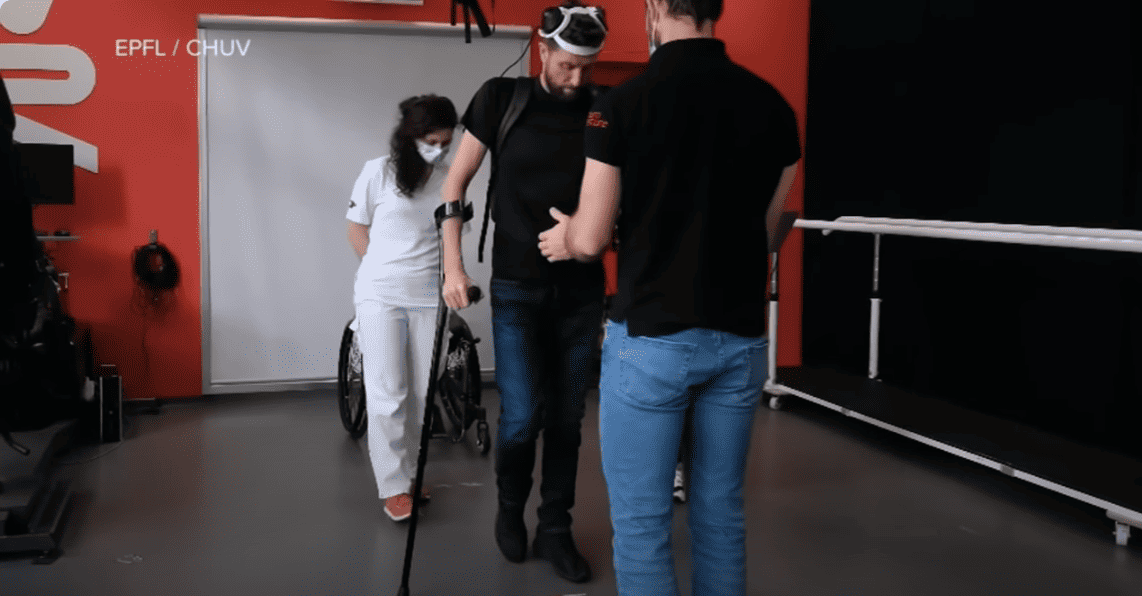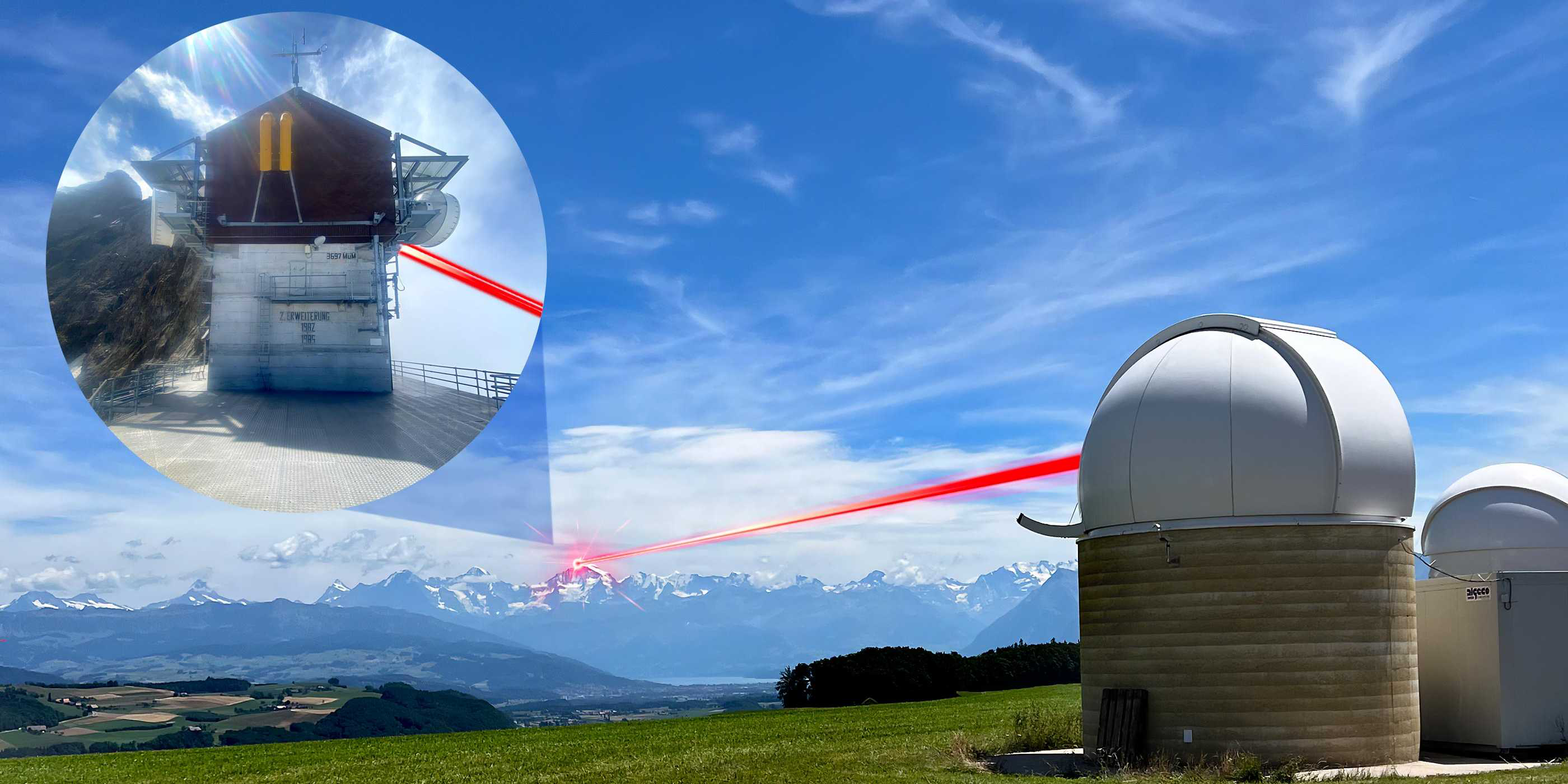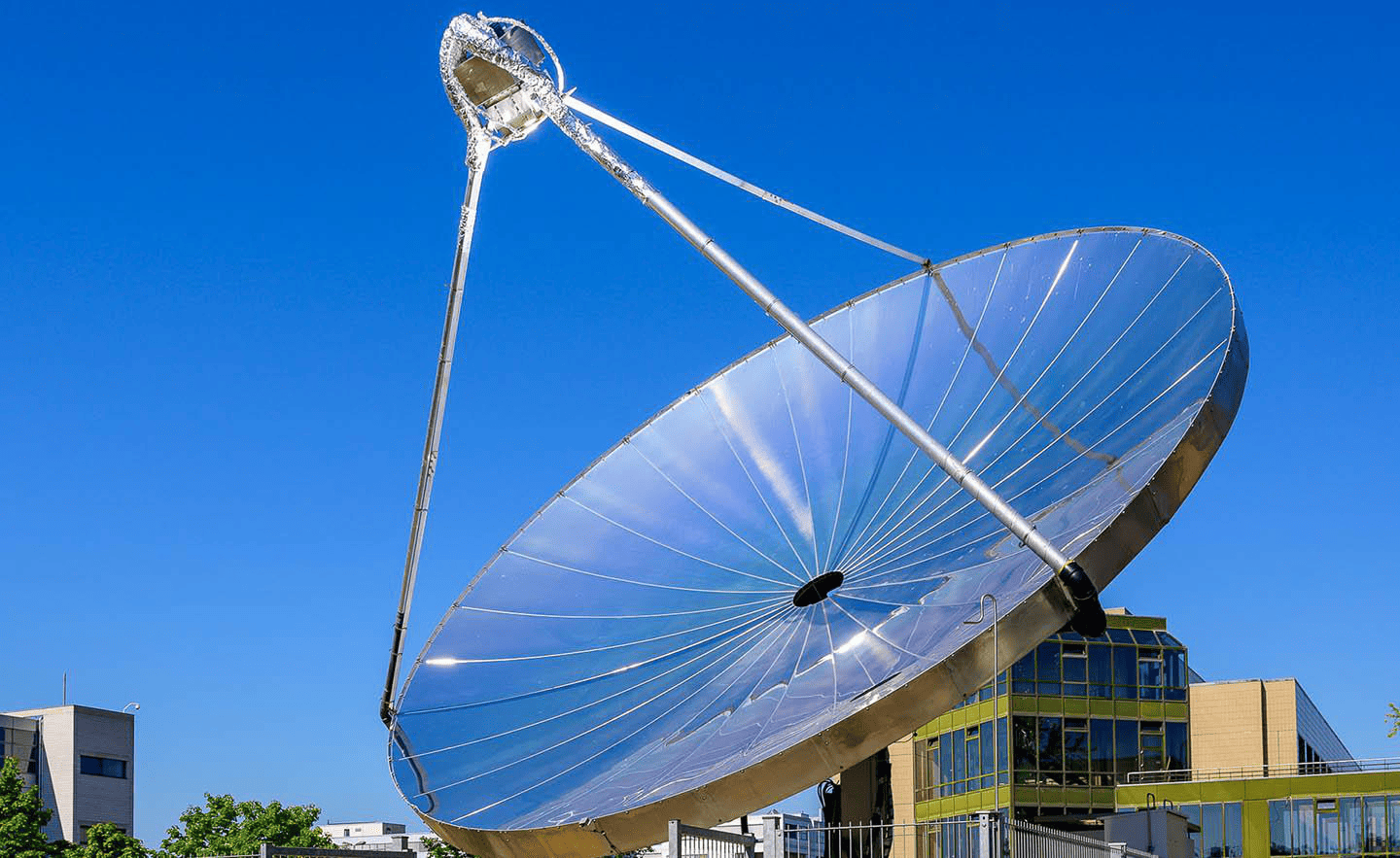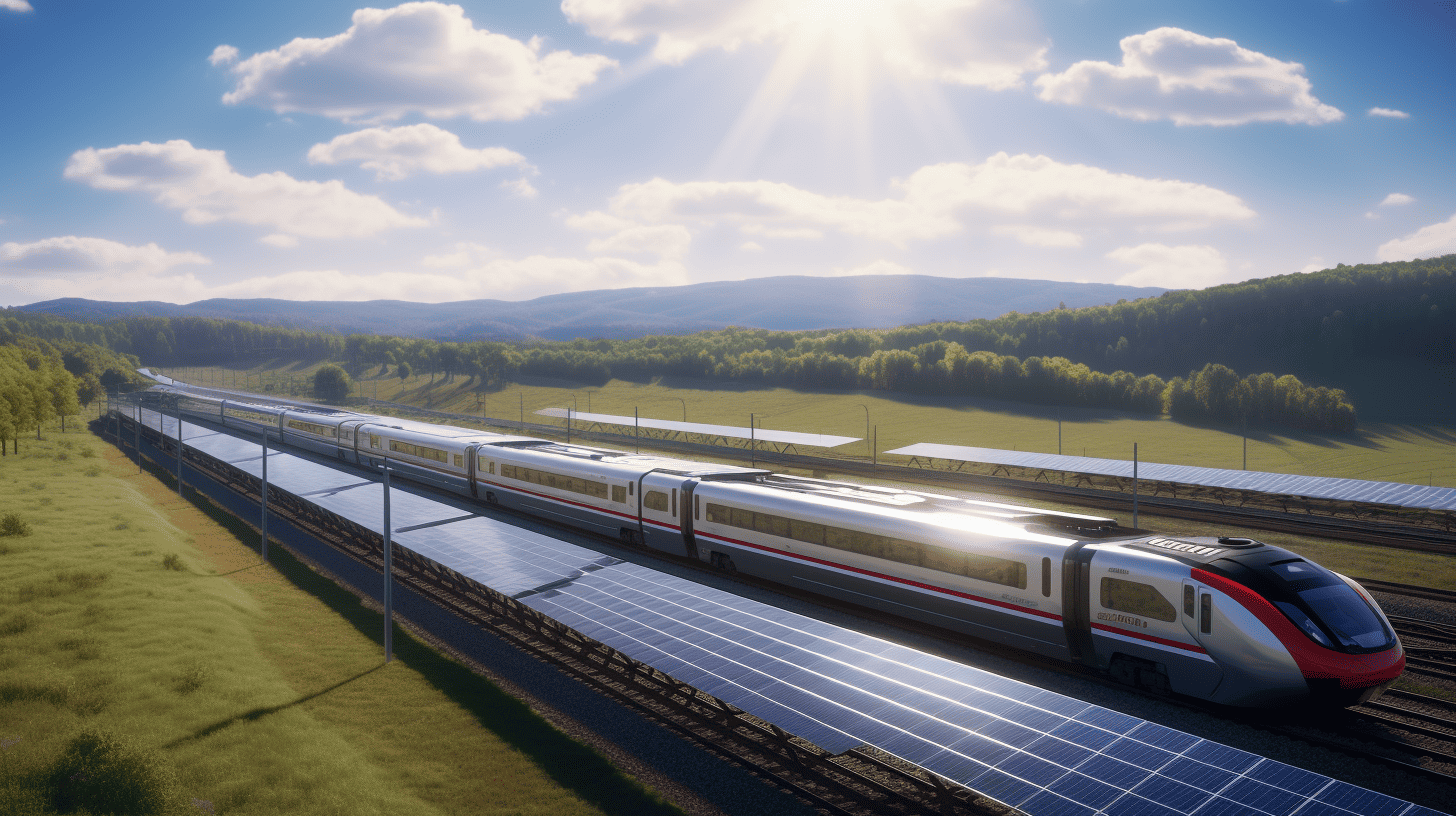
Train riders expect to have a good internet connection while on board, yet the insulated window panes currently used on trains interfere with wireless signals. For now, railway companies get around this problem by equipping each railcar with a signal booster, or repeater. But repeaters are expensive boxes that consume a lot of power, are environmentally un-friendly and must be replaced every time there’s a new advance in wireless technology. To avoid the need for repeaters, nu glass has developed a laser treatment that can be applied directly to installed window panes, writes the Swiss Federal University of technology (EPFL) in this press release. The company recently tested their system on a Swiss railway company (CFF) railcar at the Olten rail yard and found it can deliver substantial cost savings for railway companies and for the mobile-operator consortia that provide connectivity for passengers.
Repeaters are expensive
One-third of the power used by railcars goes to their heating and cooling systems, which means that effective insulation is essential. Around ten years ago, railway companies began adding an ultra-thin metal coating to windows that can double railcars’ energy efficiency – but it also prevents wireless signals from getting through. Railway companies and mobile operators therefore decided to install repeaters in each railcar so that passengers can use their connected devices while on board. Installing and maintaining these boxes is a costly process, however, and the boxes need to be replaced regularly to keep up with the latest Wi-Fi technology. “For instance, railway companies will now need to replace all their repeaters to make the switch from 4G to 5G,” says Luc Burnier, founder and CEO of nu glass. What’s more, each repeater can require up to 700 watts of power.
LESO-PB researchers, with the support of rail-industry companies, developed a laser treatment process a few years ago that engraves microscopic lines in the metal coating so that mobile-phone frequencies can pass through without affecting the coating’s thermal insulation properties. A number of window pane manufacturers already use this system for the glass they produce. But most railcars today are not ready to be replaced yet – each one has a useful life of around 30 years. The researchers therefore came up with a portable version of their system than can be used directly on existing railcars. This is the innovation now being marketed through nu glass.
An optical device that works effectively on curved panes
The nu glass system consists of a laser housed within a portable casing that operators attach to a train window. The laser can engrave a single window in around 15 minutes and an entire railcar in just a few hours. The challenge in developing the system was getting the laser to move with enough precision. The LESO-PB engineers thus integrated an optical measurement device into the system that continually places the laser in the right position. “The optical device is what lets our system work effectively on curved windows, such as those on panoramic trains,” says Burnier.
Nu glass was awarded an EPFL InnoGrant last year and made the final adjustments to its invention. The results from its recent pilot test were highly encouraging. “The next step will be to use it on a railcar in a train that travels around Switzerland so we can get feedback from passengers,” says Burnier. “Our goal is to eventually deploy our system across the country and elsewhere in Europe.”
Also interesting: Lightning-fast 5G network will change agriculture, mobility and healthcare forever
Selected for you!
Innovation Origins is the European platform for innovation news. In addition to the many reports from our own editors in 15 European countries, we select the most important press releases from reliable sources. This way you can stay up to date on what is happening in the world of innovation. Are you or do you know an organization that should not be missing from our list of selected sources? Then report to our editorial team.






